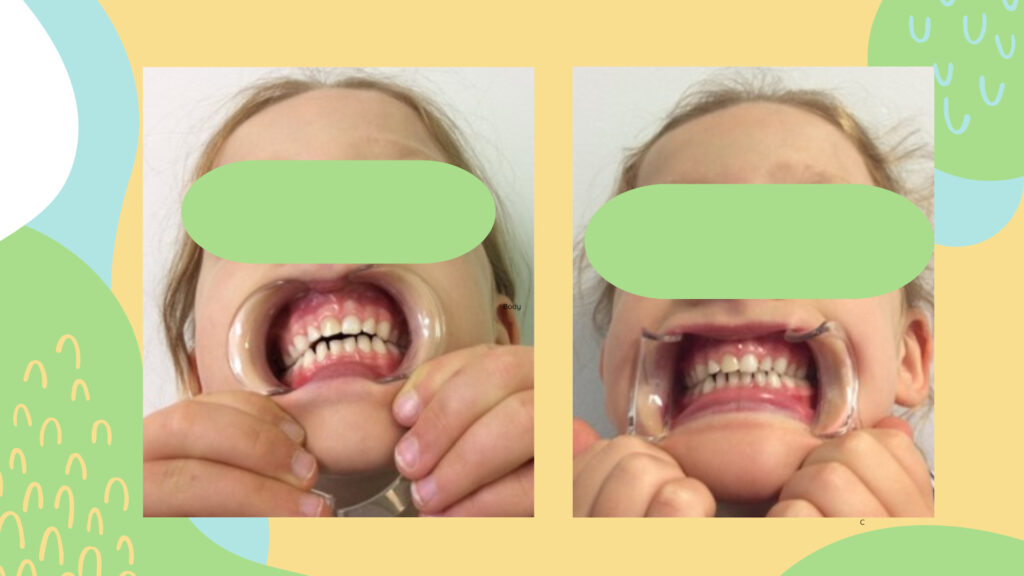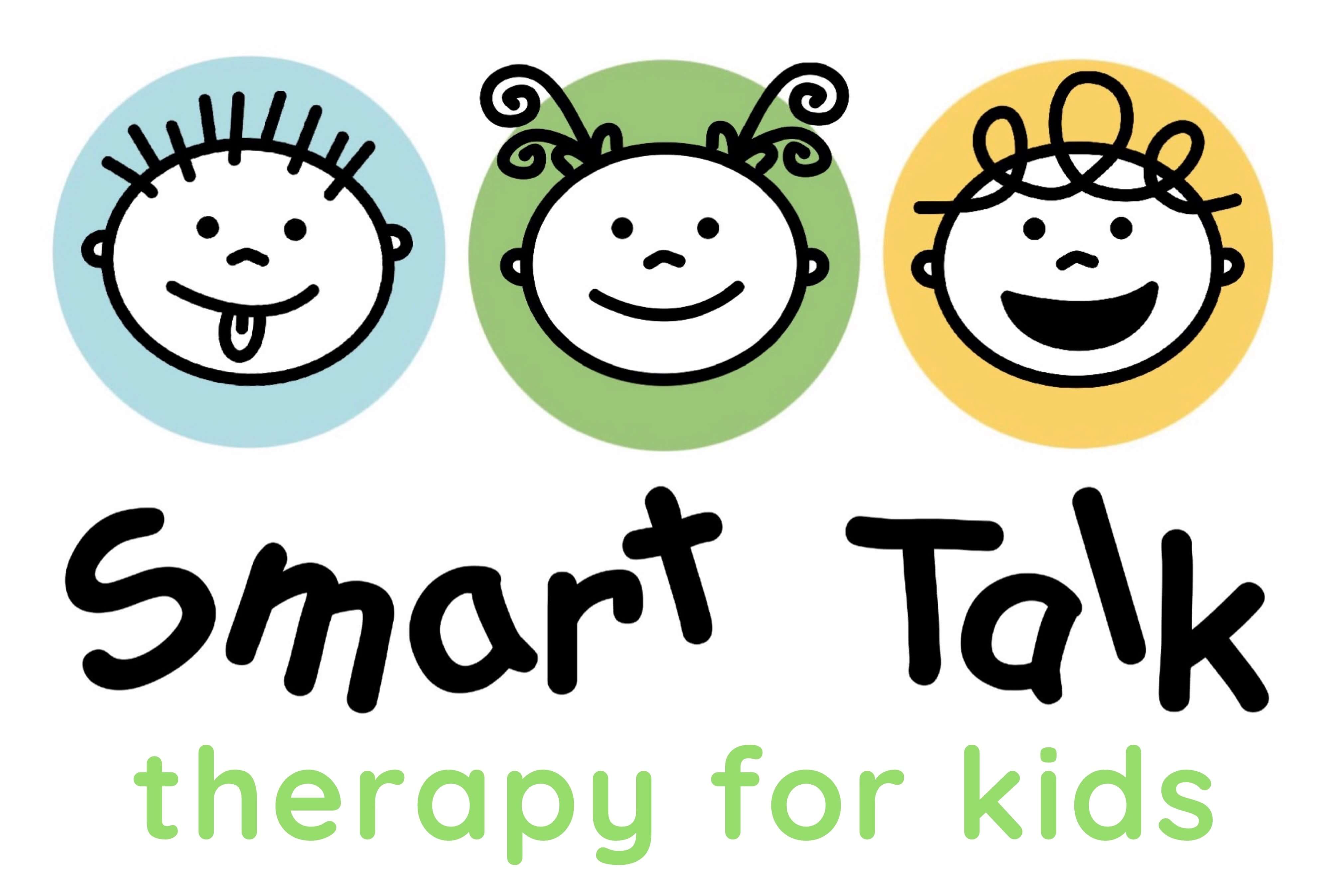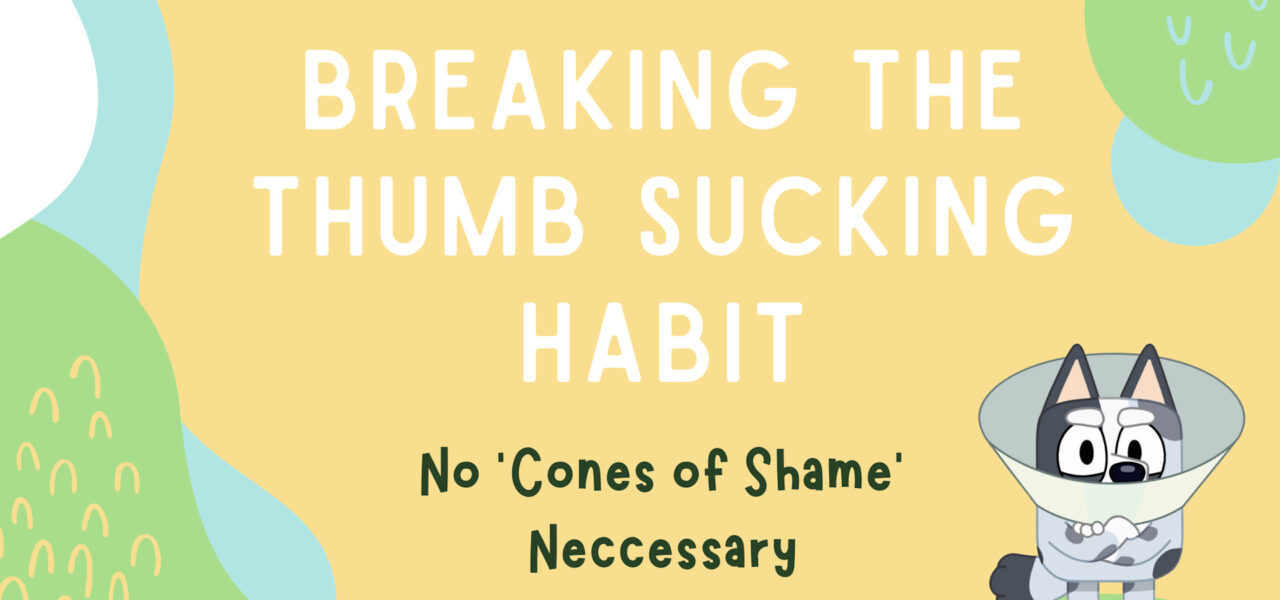Breaking the Thumb Sucking Habit
Who doesn’t love a good Bluey episode? My husband and I were at first sceptical about watching a TV show about cartoon dogs. We decided to watch one episode (Baby Races) and with tears in our adult eyes, we were hooked and rolled onto the next episode…. My kids absolutely love our family Friday movie nights. My girls get their treats of popcorn and apple juice and because of their younger ages, our ‘movie’ usually ends up being Bluey.
Last Friday night, I curled up under the blankets and started watching a new to us episode ‘Muffin Cone’. The episode starts with Muffin (Bluey and Bingo’s spirited younger cousin) in the car with her mum Trixie on their way to the Heeler house for a play date. Muffin gingerly looks around, finds her opportunity, and goes for it, she starts sucking her thumb. Wait, can Bluey get any better?? This episode is about one of my all-time favourite areas of practice as a Speech Pathologist – thumb sucking. Night made! Muffin refuses to stop sucking her thumb so as a result we see Muffin arriving on Bluey’s doorstep wearing a cone. A ‘cone of shame’ as it’s later labelled.

I can relate so much to this. I’ve worked with many families over the years who walk into my office frustrated. Frustrated from years of ‘trying everything’. They’ve tried the bribes, the
threats, the rewards and the ‘cones’ well the human versions at least. I see older kids who have tried so hard to stop but they just can’t. Did you know that the act of thumb sucking releases endorphins and dopamine? It creates a sense of security and relaxation. It triggers soothing sensations similar to breastfeeding or cuddling. No wonder it’s so difficult for older children to stop the habit.
It is very normal for babies to suck their thumbs; it can even start in utero. Many babies stop sucking their thumb by themselves as they get older. Prolonged thumb sucking behaviours can start affecting a child’s teeth, mouth structure, tongue position and speech sounds. We as parents and therapists want to help these older children stop sucking their thumb.
As a parent, I sometimes find myself expecting my child to do things that I struggle with myself. I loved how later in this Bluey episode they touch on just this. We see Trixie demonstrating her own struggles resisting the bowl of chips that she vowed not to eat as she’s trying to eat healthier foods. Sometimes pure willpower is not enough, you need a bit of extra help.
So how do we do it? We start by meeting and spending time getting to know the child and family. We are not just looking at the act of thumb sucking, it’s never an isolated act. Understanding why kids find comfort in this habit is a key part to offering effective support. We want to know about their birth, feeding, breathing, sleeping and more. We need to work out whether the child is ready for the program. Do they first need to see another specialist and then come back to us? Is there something going on in their lives that makes it not the ideal time to start a program like this? As we’ve said, the act of thumb sucking is soothing and safe. Removing this habit therefore needs to be treated with the upmost wisdom, care, and support. We complete a thorough assessment with photos of the child’s teeth, face and thumb. These photos and measurements are essential because after a few weeks of the program we usually see very exciting changes!

We speak directly to the child, empowering them with knowledge and understanding. We explain basic anatomy and the negative effects of thumb sucking in a gentle way with no
shame. We explain how the program works and what their responsibilities will be.
This is their thumb, their body and their choice. The thumb sucking program will only work if they are ready, willing and committed to putting in the work to break this habit. We empower the child to make the decision for themselves. They have made the decision to stop sucking their thumb, the people and tips and tricks are only there for support and accountability.
Why am I so passionate about thumb sucking? I get to journey with the family through this process to ultimately reach the goal of breaking the thumb sucking habit. A goal many of them feel is unattainable at the start. We work together as a team. I am the coach they are the players and when we win, it’s so incredibly satisfying.
If you’re interested in our program, give us a call and don’t worry, unlike for poor Muffin, no ‘cones of shame’ are used in our thumb sucking program.
Now if you haven’t already, go and watch ‘Muffin Cone’, you don’t even have to have your kids with you.


